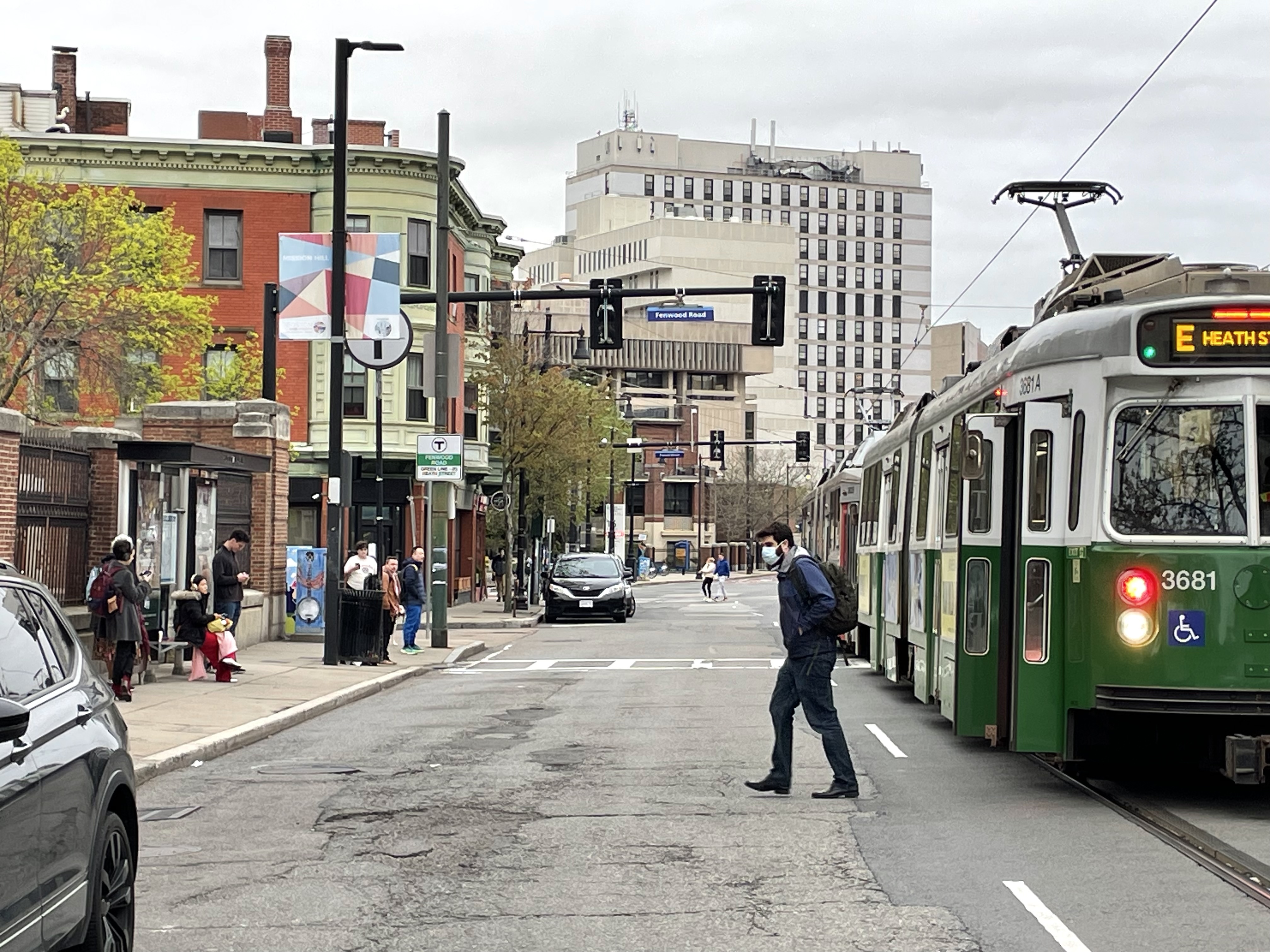Followed this saga through to the end on Monday. The most frustrating part about all of it is that the proponents of the delay didn't even have anything meaningful to say about what, exactly, this delay was going to allow them to do. The
Cambridge Street project that kicked off at the end of last year had three separate community engagement meetings already before any designs were created. This year the plan was to have another set of meetings to receive feedback on the designs that were in the works, and then revised designs, and another suite of community engagement all before any actual infrastructure work happened starting in 2025. That's a year's worth of meetings before any work began.
The only real concrete holdup cited was a zoning tweak to allow for private parking lots to hold cars that are not customers of the adjacent business, something that surely could be put in place in a year's time. Otherwise, there's no plan that I've seen on what exactly the delay will enable, except time to allow residents to "adjust", but no concrete suggestions on how the designs could be better, how outreach and mitigation could be better, and why that can't be done over a full year.



